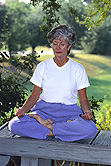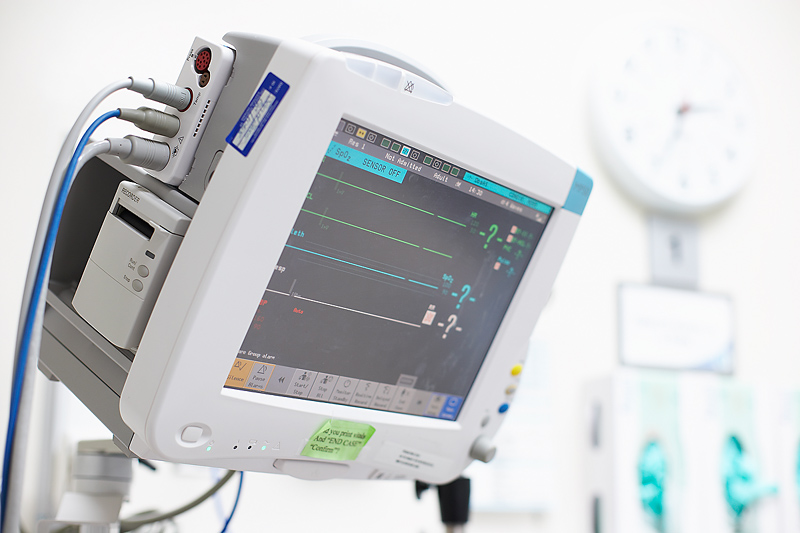
MONDAY, April 22 (HealthDay News) — Alternative treatments like transcendental meditation, biofeedback and guided breathing appear to reduce high blood pressure in some people, a new report suggests.
But only one method that does not involve medication — aerobic exercise — is both proven to have a major impact and highly recommended.
The report, by the American Heart Association, also says research doesn’t support a reduction in high blood pressure from other relaxation and meditation techniques, yoga or acupuncture. However, the quality of research into these strategies is limited, the report adds, suggesting that there’s still hope they have an effect.
“In general, there’s a surprising level of evidence supporting some of the alternative techniques being effective, and surprisingly little or conflicting evidence in regard to other techniques,” said Dr. Robert Brook, an associate professor of medicine at the University of Michigan. “These alternative techniques are a neglected stepchild and often not given nearly as much attention or funding for research, and are often not taken as seriously as other approaches.”
Two things are clear, he said: The alternative approaches don’t appear to be harmful, and they shouldn’t be used instead of following a doctor’s advice regarding medication.
The American Heart Association launched its report to give guidance to doctors and patients about treatments for high blood pressure, Brook said. “Traditionally, we’ll talk about weight loss, diet, salt restriction and exercise. They’re difficult to comply with, and people don’t follow them. We decided it was time to review all of the research into alternative ways to lower blood pressure.”
The report ranks aerobic exercise, like brisk walking, as having the greatest effect on high blood pressure and the highest quality research to support it.
Biofeedback, weight lifting, transcendental meditation and synchronized breathing (such as breathing to a series of tones) also scored well in terms of effectiveness.
When they’re effective, the techniques may reduce the systolic number in a high blood pressure reading — the top number — by a modest 5 to 10 millimeters of mercury (mmHg), Brook said. A reading of 140 or higher is a sign of potential trouble.
How do the strategies work to reduce blood pressure? It’s not clear in some cases, he said, although exercise appears to boost the functioning of blood vessels by widening them.
Samuel Sears, director of health psychology programs at East Carolina University, in Greenville, N.C., said the report is important but its focus misses the “mental benefits” of alternative treatments. “Patients seek and may gain broader benefits from some of these therapies, such as psychological and perceived control of their condition,” he said.
So, should you try these strategies?
Dr. Kirsten Bibbins-Domingo, an associate professor of medicine at the University of California, San Francisco, said they’re generally considered safe. However, “the inappropriate reliance on these approaches could result in delays in seeking medical treatment of hypertension,” she said. “And many of these interventions are associated with out-of-pocket costs for patients, which is an additional consideration particularly if such interventions are ultimately shown not to be effective.”
The report appears April 22 in the journal Hypertension.
More information
For more about high blood pressure, try the U.S. National Library of Medicine.

